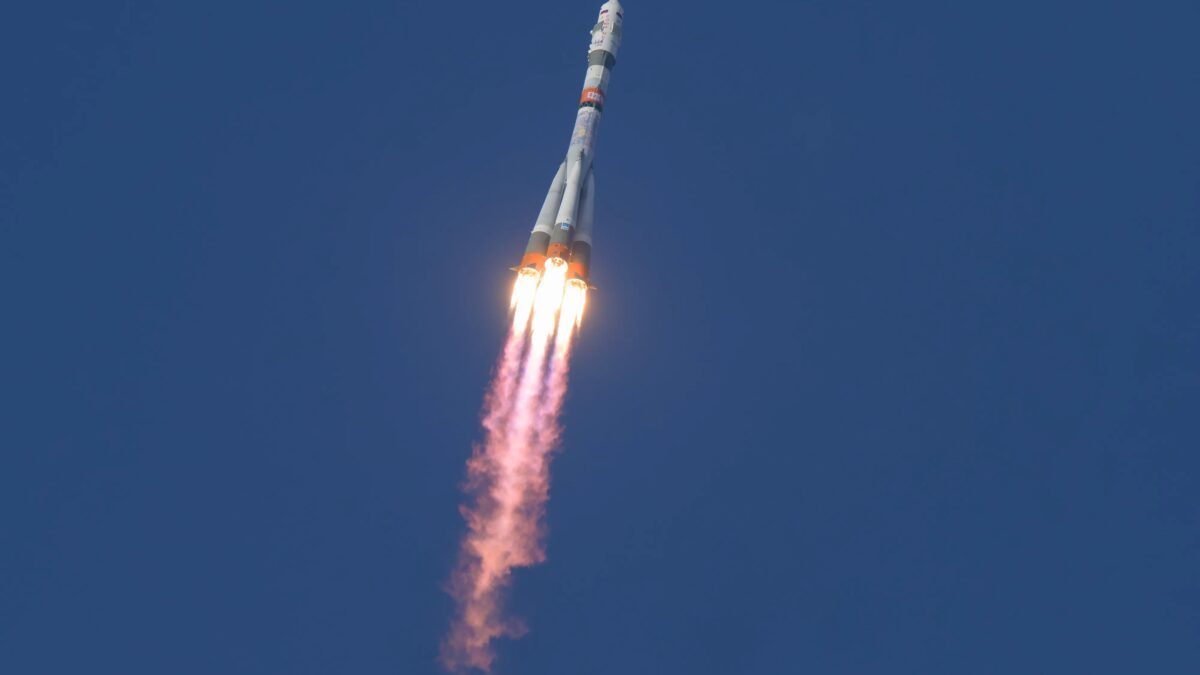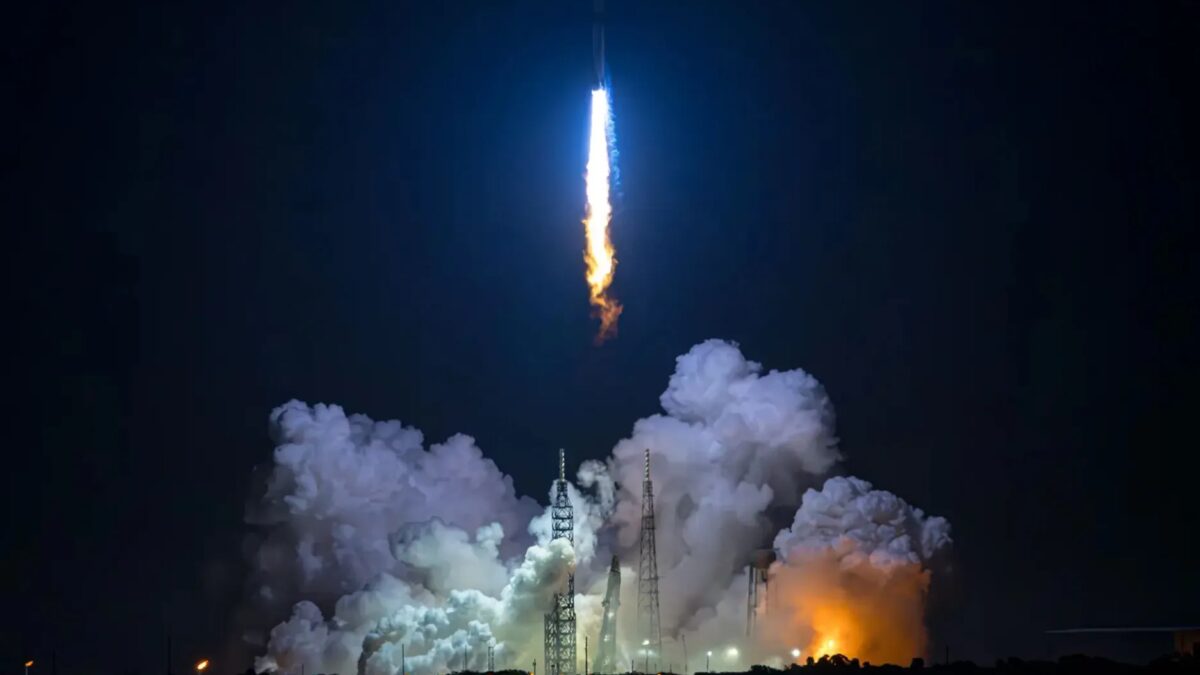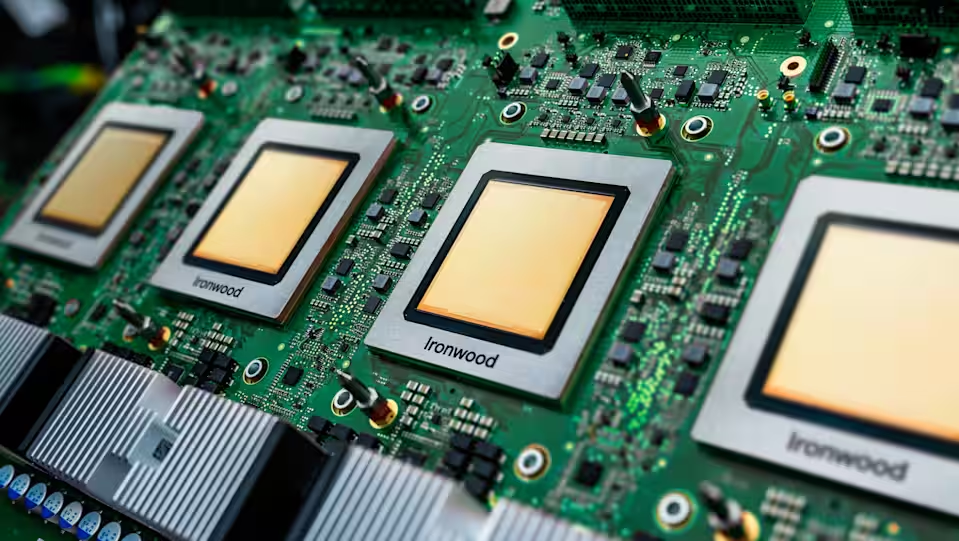China is keeping an eye on NASA’s budget uncertainty
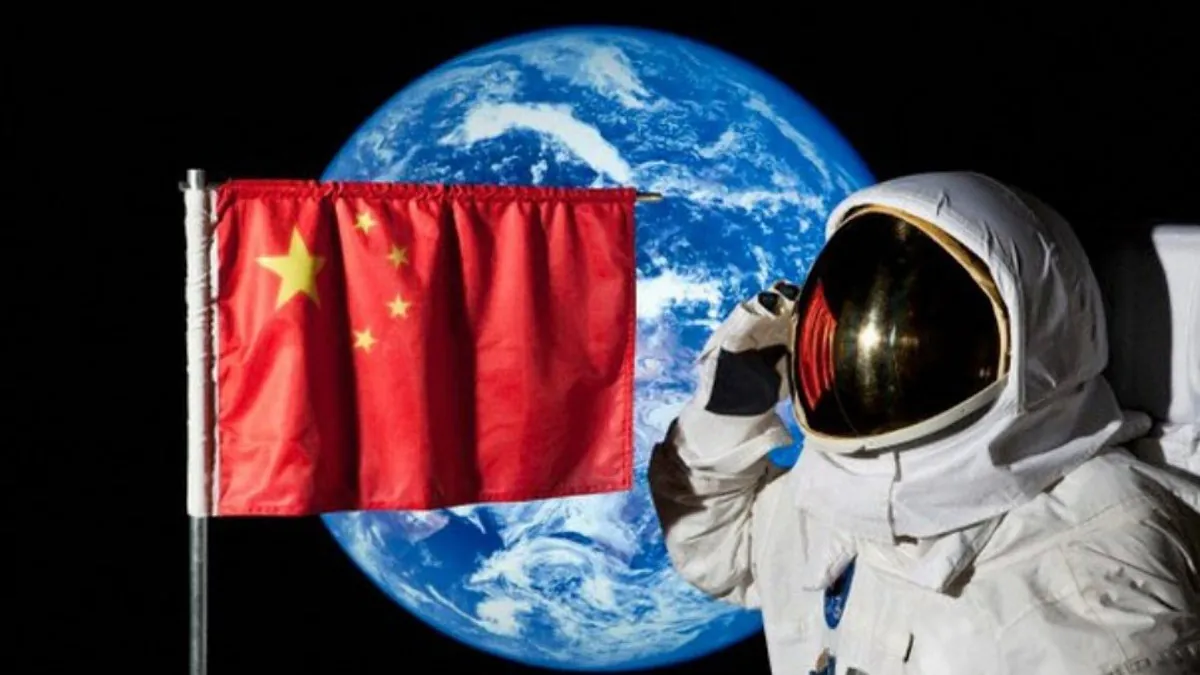
China has been following developments around NASA’s budget and predicting how it could affect U.S. programs and leadership in space. The White House’s FY 2024 federal budget allocates $27.2 billion for NASA, a 7 percent increase over 2023. Among the major goals outlined in the budget are — the Artemis program to return astronauts to the moon, the Mars Sample Return program, continuing new scientific discoveries in the solar system and beyond, maintaining a long-term presence in low-Earth orbit, and developing U.S. leadership in innovation.
At the same time, NASA will continue to pursue new scientific discoveries in the solar system and beyond, maintaining a long-term presence in low-Earth orbit, and developing U.S. leadership in innovation.
Bills drafted by members of the U.S. House and Senate, however, would provide NASA with 2023 funding slightly less than the requested increase. The ambitious Mars sample return program is also in danger of being derailed after the U.S. Senate questioned its budget.
An ambitious Mars sample return program is also in jeopardy after the U.S. Senate questioned its budget.
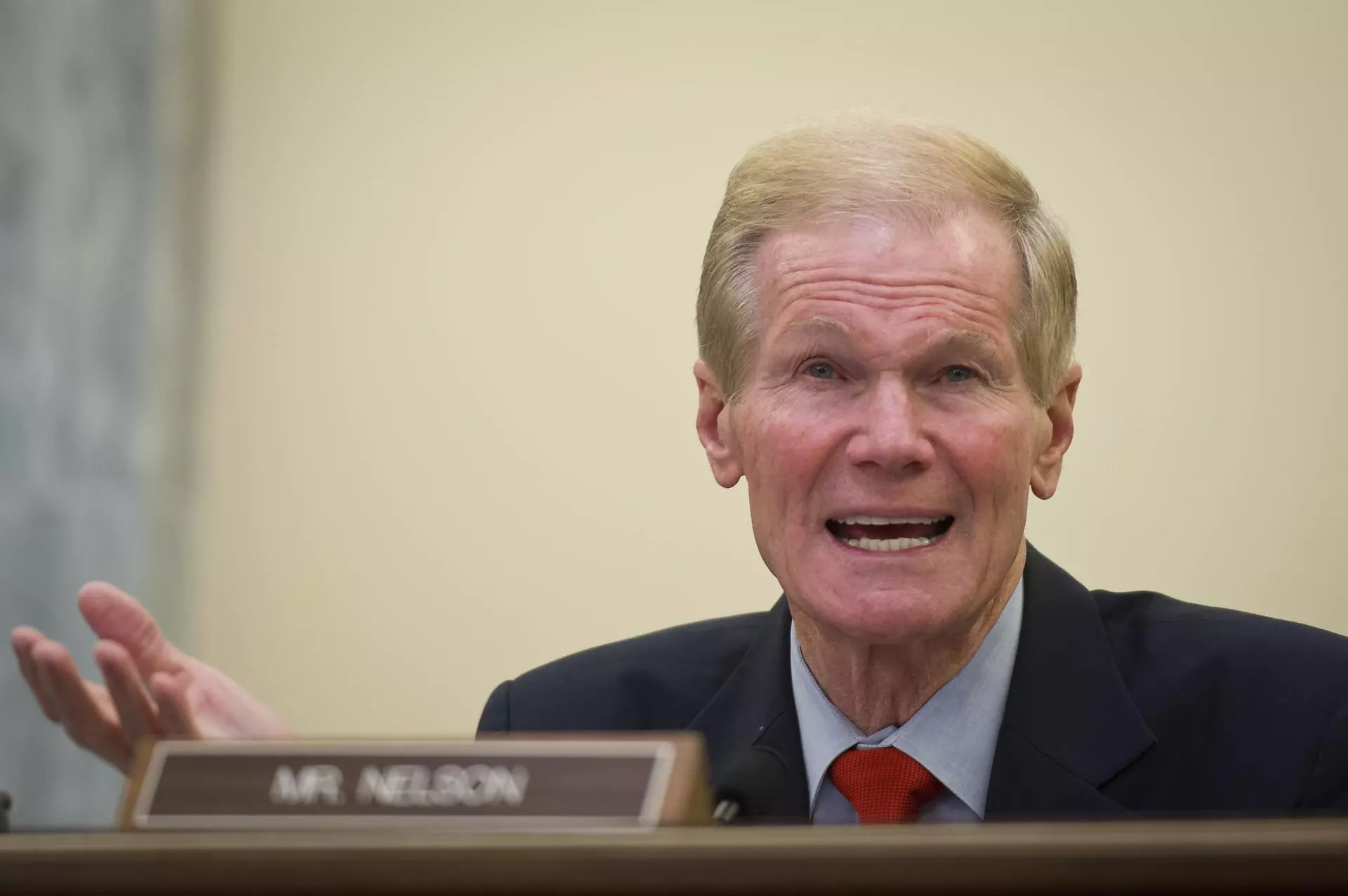
The Chinese space industry, meanwhile, continues to monitor developments. An article published in the Chinese Journal of Space Science, authored by staff from the Institute of Science and Technology Strategic Consulting at the Chinese Academy of Sciences (CAS), outlines key issues and possible implications.
The report states that severe inflation will offset any growth in NASA’s budget, reducing the effect of a potential 7% increase or exacerbating cuts, according to machine translation. In addition, the report argues that Congress is increasingly divided, with a wide gap between Republicans and Democrats on budget spending priorities and no clear path to compromise.
The report says that NASA is increasingly divided, with no clear path to compromise.
The article examines two NASA scenarios based on two proposals being considered by the Republican leadership in the House. The first, which would cut U.S. government discretionary spending to FY 2022 levels, would not have a particularly severe impact on NASA in the long term. However, it would significantly delay the Artemis 4 mission, and the procurement of a second Artemis lunar lander would be canceled. The Mars Sample Return mission to Mars, the DAVINCI mission to Venus, and the Dragonfly mission to Saturn’s moon Titan will also be delayed, with further missions canceled or rescheduled.
Mars Sample Return mission to Mars, the DAVINCI mission to Venus, and the Dragonfly mission to Saturn’s moon Titan will also be delayed and further missions canceled or rescheduled.
The second scenario — a 22% reduction in funding from 2023 levels — could have irreversible effects on NASA programs, resulting in the postponement or cancellation of several missions.
The Artemis 4 program, including elements of the modernized Space Launch System (SLS) and Gateway programs, would face significant restructuring or termination. These budget cuts would also delay or cancel Mars Sample Return, DAVINCI, Dragonfly, and other programs, including several future astrophysics missions, notably the Nancy Riemann Space Telescope and the Interstellar Mapping and Acceleration Probe (IMAP).
At the same time, the Nancy Riemann Space Telescope and the Interstellar Mapping and Acceleration Probe (IMAP) would be delayed or canceled.
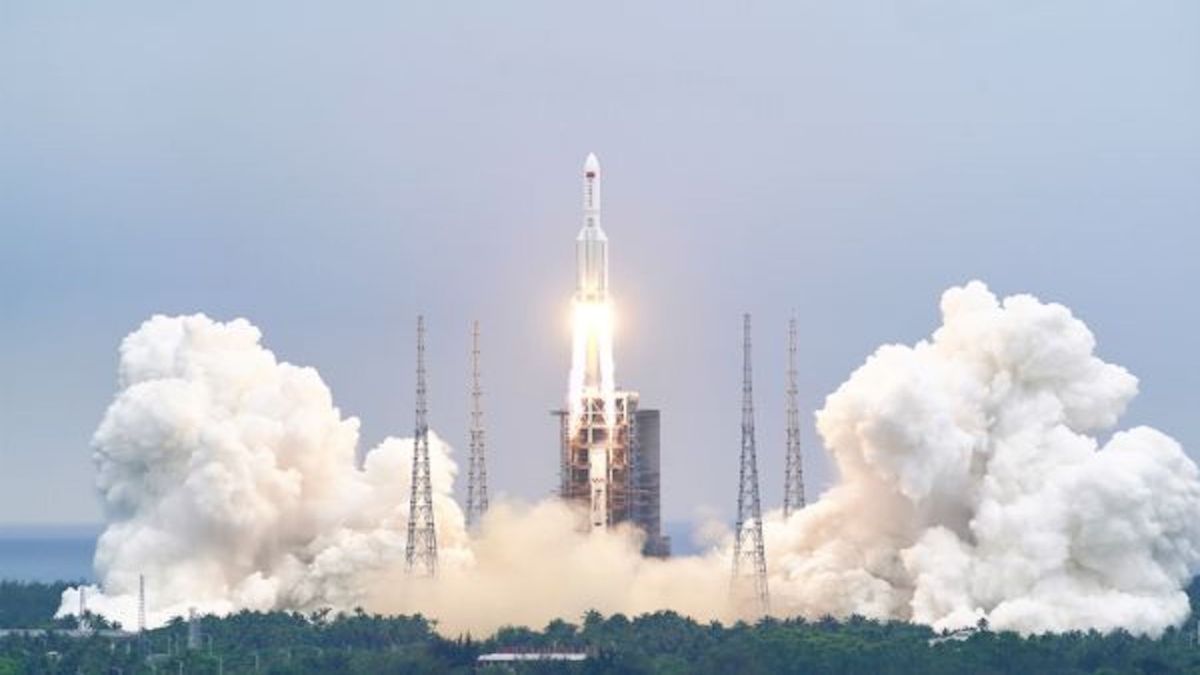
Other impacts include — a reduction in the number of cargo flights to the International Space Station (ISS) and delays in the development of both the orbiting ISS space tug and commercial space station successor missions. The report, submitted in May and released in early July of this year, noted that while NASA’s share of the federal government’s FY 2024 budget remains at historically low levels, its absolute value is still more than five times that of the European Space Agency (ESA), and NASA continues to hold a huge share of global space industry funding.
The report also noted that NASA’s share of the federal government’s FY 2024 budget remains at historically low levels, its absolute value is still more than five times that of the European Space Agency (ESA), and NASA continues to hold a huge share of global space industry funding.
China has its own «Tiangong» space station, planned crewed moon missions and plans for a lunar base, as well as its own Mars sample return project. The country also faces economic challenges, but its space budget and political processes are very opaque. However, progress on these major projects will have an impact on global space leadership.





